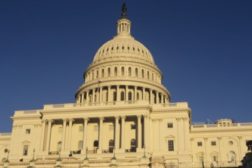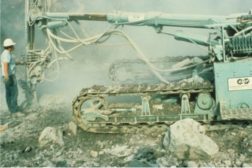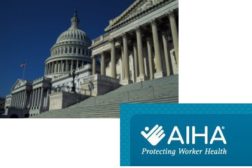Home » rule
Articles Tagged with ''rule''
Combustible dust protections caught up in red tape
Read More
Silica rule advocates use online petition to drum up support
Long overdue review languishes in OIRA
February 19, 2013
FAA cracks down on pilots using personal digital devices during flights
Distraction causes safety concerns
January 18, 2013
Become a Leader in Safety Culture
Build your knowledge with ISHN, covering key safety, health and industrial hygiene news, products, and trends.
JOIN TODAYCopyright ©2025. All Rights Reserved BNP Media.
Design, CMS, Hosting & Web Development :: ePublishing








